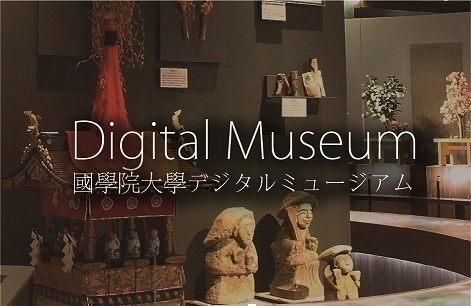- トップ
- Encyclopedia of Shinto
- Sanshu no shinki
Encyclopedia of Shinto
| Main Menu: | |
| Links: |
詳細表示 (Complete Article)
| カテゴリー1: | 7. Concepts and Doctrines |
|---|---|
| カテゴリー2: | Basic Terms |
| Title | Sanshu no shinki |
| Text | The general name for the three kinds of treasure said to have been granted to Ninigi by Amaterasu on the occasion of her heavenly grandson's descent to earth (tenson kōrin) and handed on as symbols of the imperial throne: a jewel (yasakani no magatama), a mirror (yata no kagami) and a sword (ame no murakumo no tsurugi or kusanagi no tsurugi). Nihongi (Chronicles of Japan) referred to them as three kinds of treasure (mikusa no takaramono). They were also called the divine seal (shinji) or the heavenly seal (tenji). The word for jewel (tama) was also written with the character for seal. It has been believed that the emperors have handed on the jewel down the generations to the present day. Awed by the power of the kami, reproductions of the mirror and sword were made during Emperor Sujin's reign. The originals were sent from the palace and enshrined at the Ise shrines (Ise Jingū). Subsequently, during the reign of the twelfth emperor Keikō, the sword was enshrined at Atsuta in Owari province, in what is today called Atsuta Shrine (Atsuta Jingū). The reproduction of the mirror (kagami), which is one of the two kinds of imperial regalia kept within the palace, and is said to have narrowly escaped destruction in disasters on several occasions. It is currently enshrined in the Kashikodokoro (also Naishidokoro: see kyūchūsanden, the three shrine buildings within the imperial palace grounds). Since the sword was lost at sea with child emperor Antoku during the final battle of the war between the Minamoto and Taira warrior houses, the sword of Hi no omashi was used for a time in its place. Later the sword enshrined at Ise was designated as the sacred sword. Together with the seal jewel received from heaven, it continues to be revered by the emperor. — Fukui Yoshihiko |




